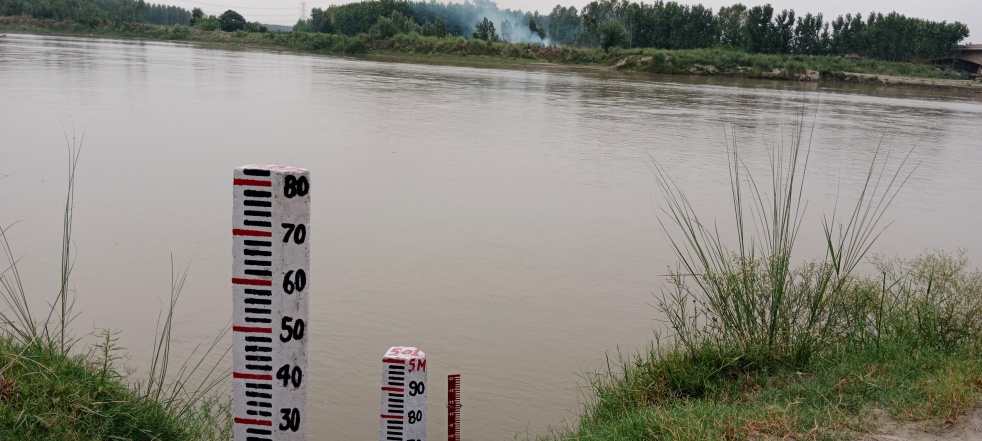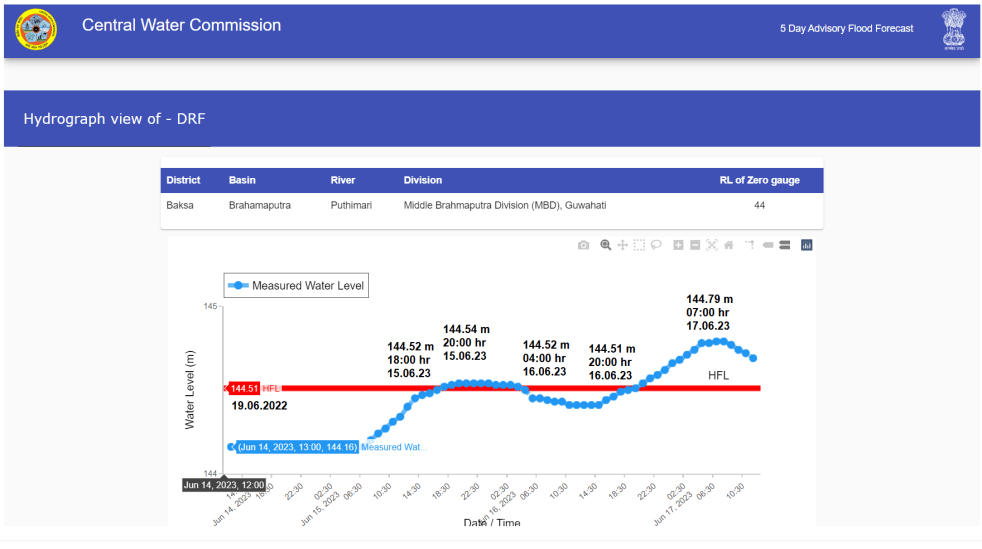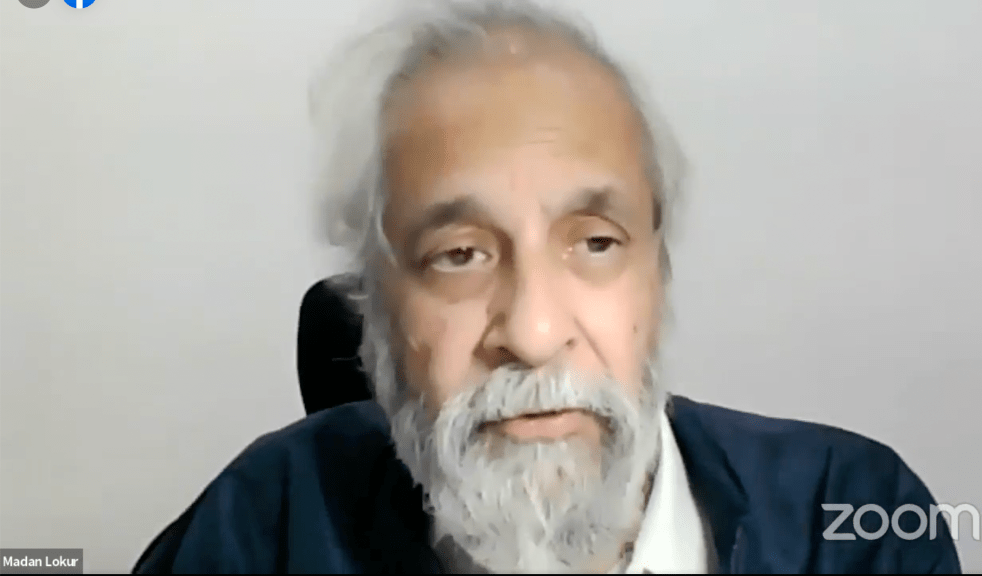(Feature Image: Collage of Sentinel Hub satellite images of Tent City location in Ganga river bed in Varanasi from Nov. 26, 2022 to Dec. 11, 2023)
While the NGT putting a stay on the Varanasi Tent city and imposing a fine of Rs 25000 on MoEF for not responding to NGT about how the turtle sanctuary was denotified is welcome, we hope NGT takes it to its logical conclusion. It is strange, to say the least to see the NMCG telling NGT through its one page report dated Dec 13 2023 that the Varanasi Development Authority proposal dated Nov 28 2023 for tent city is under consideration! The Tent city companies were fined by NGT, but UP PCB is yet to do anything to collect the fine. Most interestingly, the Prime Minister, no less, inaugurated the tent city project on January 13 2023, over 11 months back! And very shockingly, none of the National Media is even reporting this remarkable situation.
Continue reading “DRP NB 181223: Varanasi’s illegal tent city inaugurated by Prime Minister in Jan 2023”








